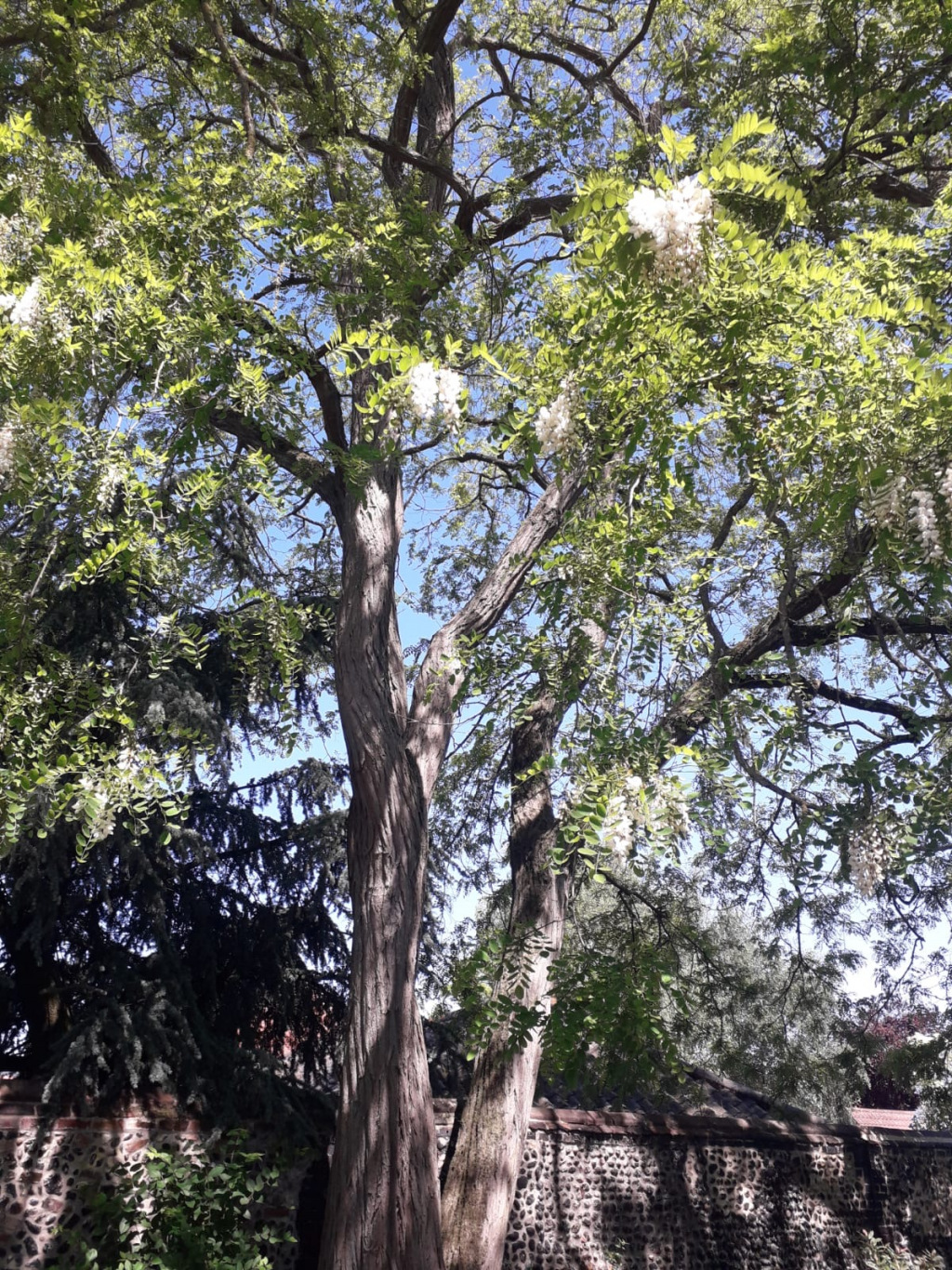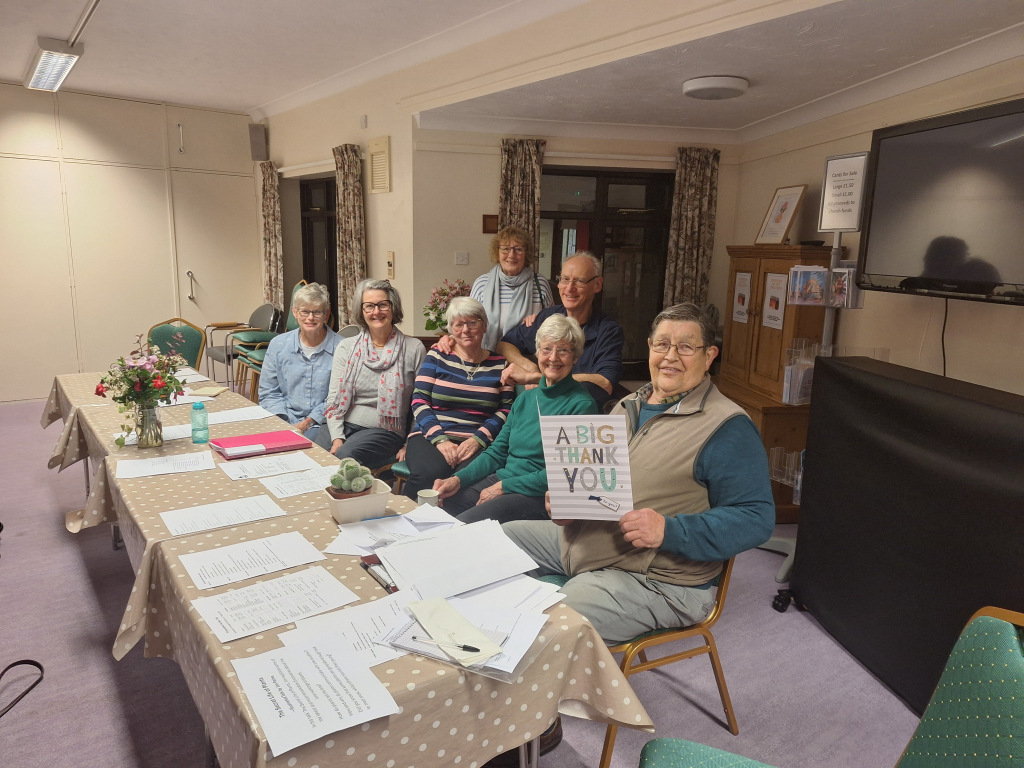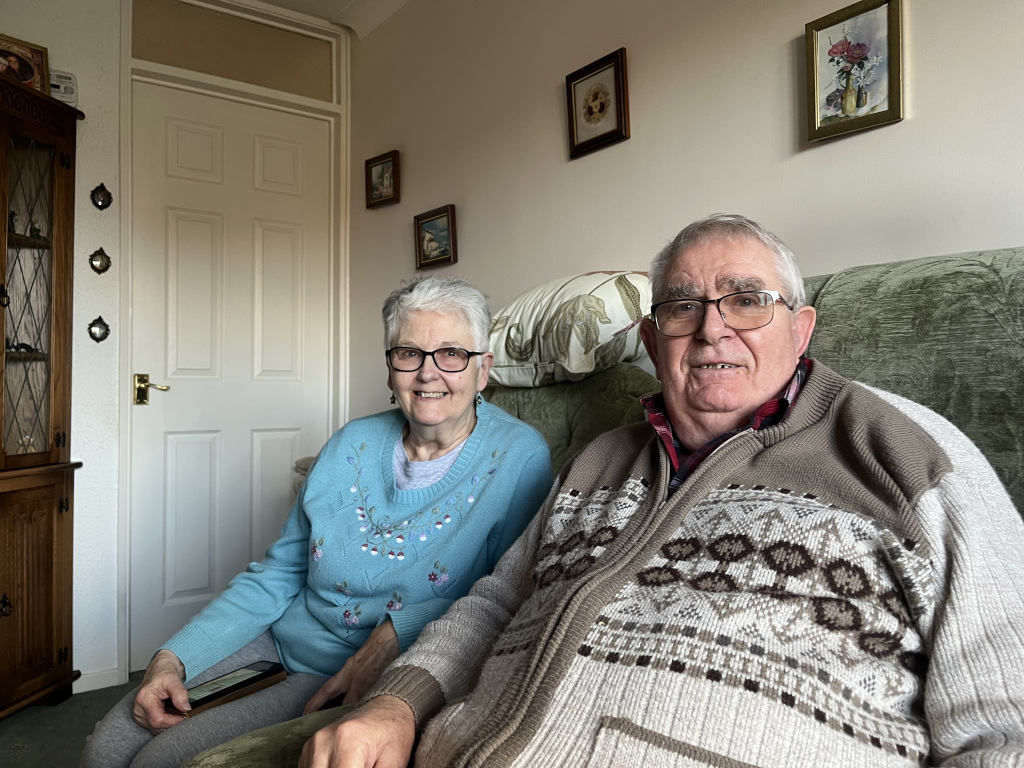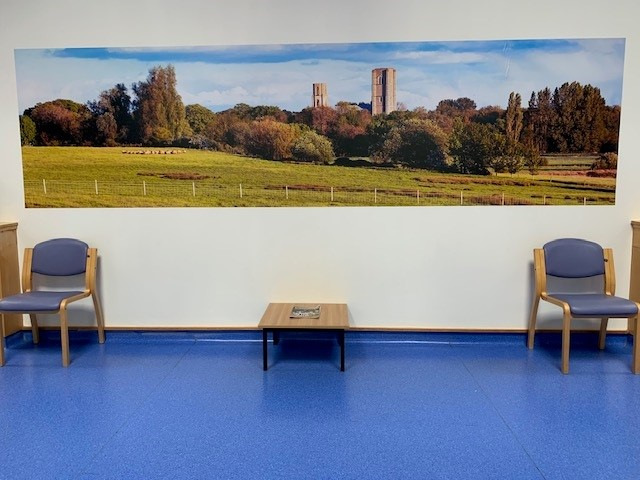Our Instagram and Facebook posts are normally full of enthusiasm, camaraderie and – we like to think – wit. With the odd wild animal or successful project thrown in.
But recently we’ve been attracting surprising numbers for our new posts on our tests of E.coli, a type of bacteria found in animal stomachs and poo. Most strains are harmless, but the more E.coli there is in seas and rivers, the higher the chances of sickness if that water is ingested.
People are more likely to ingest water if they swim. This can happen not just through accidental mouthfuls but also skin abrasions if you’re unlucky. This is why we have started testing the Tiffey weekly during the summer at either end of Becketswell Park, where the public uses it most.
The Environment Agency has strict tests for official bathing waters: carried out weekly in the warmer months, it tests 100ml each week. Any bathing water which produces over 900 colony-forming units (cfus) is deemed poor.
We test 1 millilitre, meaning that, by calculation, anything over 9 colony-forming units is poor. We’ve had figures over 200 cfus per ml. This has occurred twice on the Lizard and at Dyke Beck by Chapel Lane Bridge. It’s often after high rainfall, or during very low river levels. Becketswell Pool was over 20 cfus/ml for the whole of June, twice over 60.
The sources of E. coli are many. News tends to feature spills from pumping stations or sewage works. But other causes include drains and ditches, broken septic tanks, manured fields, and animals. While we try to track the offenders down, the advice is simple:
when using the Tiffey, wash your hands before eating, and cover any cuts and scrapes before going into the water.
We will continue publishing our tests on our social media alongside the pictures of tiny frogs, laughing volunteers and strange fungi, and on our website at https://www.greeningwymondham.org. At the time of writing, we’re waiting for the town council to decide whether a noticeboard in Becketswell Park is appropriate. If you would like to join our testers, email us at greening.wymondham@gmail.com!
We would also welcome an arborist into our ranks. As our tree mapping and monitoring project continues, we are coming across areas of concern.

Last month, a splendid “acacia” was felled in Priory Park – not the first mature tree to be lost to Wymondham.
You don’t need reminding that when hot weather appears, the shade of trees is welcome. According to the New Scientist, they can lower the temperature of a city by up to 12 degrees. Then, when heavy rainfall appears, they help us in our battles against flooding. A mature tree provides life to tens, if not hundreds, of species. All this while providing beauty and soothing our souls.
So we have some questions about South Norfolk District Council’s decision to allow the felling. The tree was in a conservation area but was also protected by a TPO (granted by SNDC last year following an attempt to fell it then).
It was felled on the grounds of safety and damage to a nearby wall. The nearby wall showed no obvious signs of tree damage, there was no structural report to prove it, and the tree itself we believe to be a false acacia.
The type of tree is seminal – some tolerate internal stress better than others, and the bare bones of the test done show this one had less than 50 per cent dead wood.
And the replacement tree? A Prunus species of a mere 10-12cm in girth, which will take decades to rival the felled tree in biodiversity, shade giving and beauty. Too many rules of thumb allow people to think a hundred-year old tree can be replaced by 100 saplings when the benefits of the baby trees will not be felt for decades. In this case, it's one baby tree for one august veteran.
Bring on that arborist!















